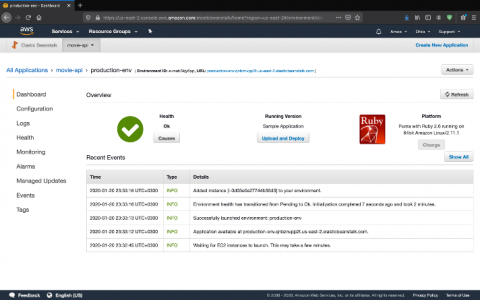Speeding up Rails with Memoization
Whoever first said that "the fastest code is no code" must have really liked memoization. After all, memoization speeds up your application by running less code. In this article, Jonathan Miles introduces us to memoization. We'll learn when to use it, how to implement it in Ruby, and how to avoid common pitfalls. Buckle up!










